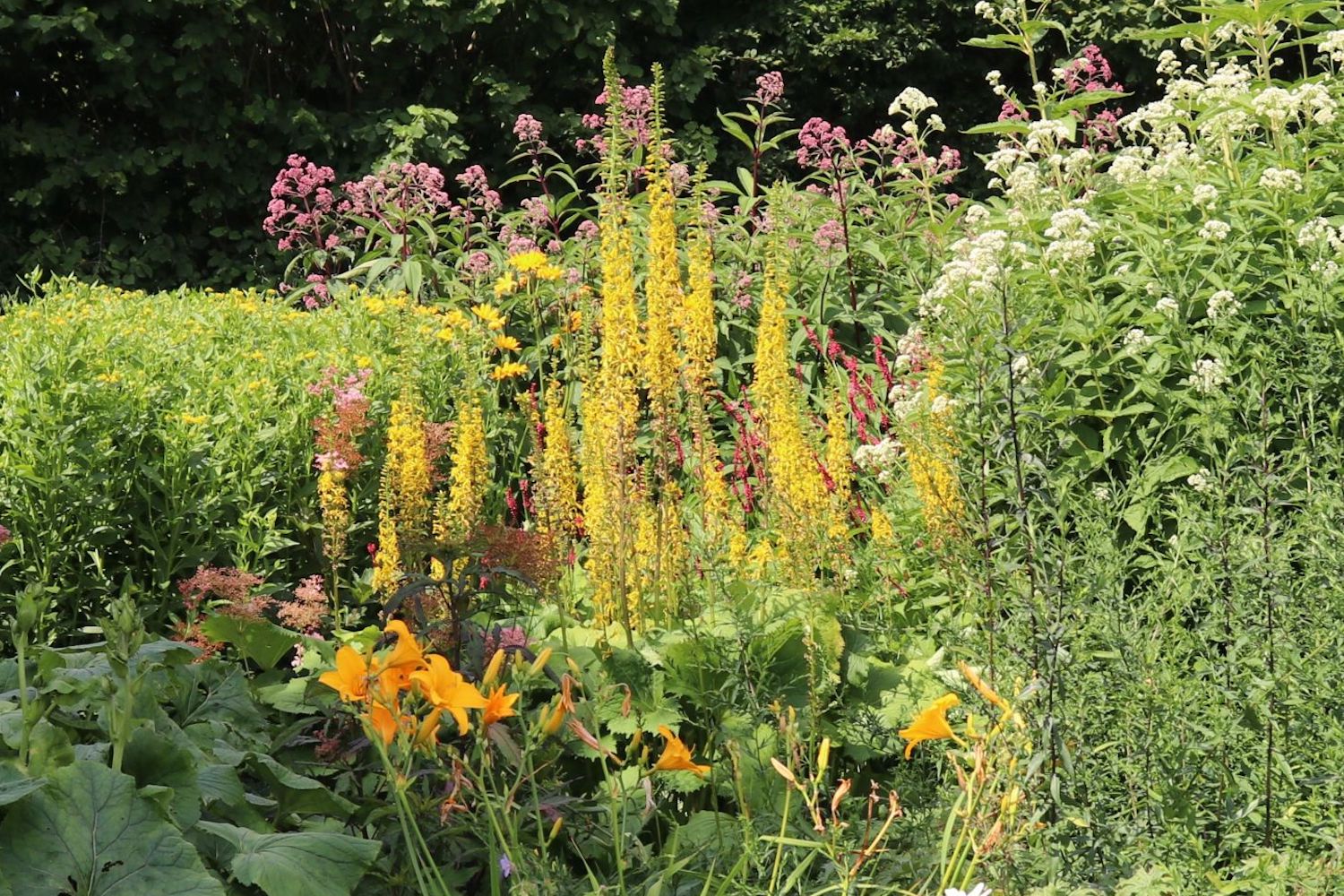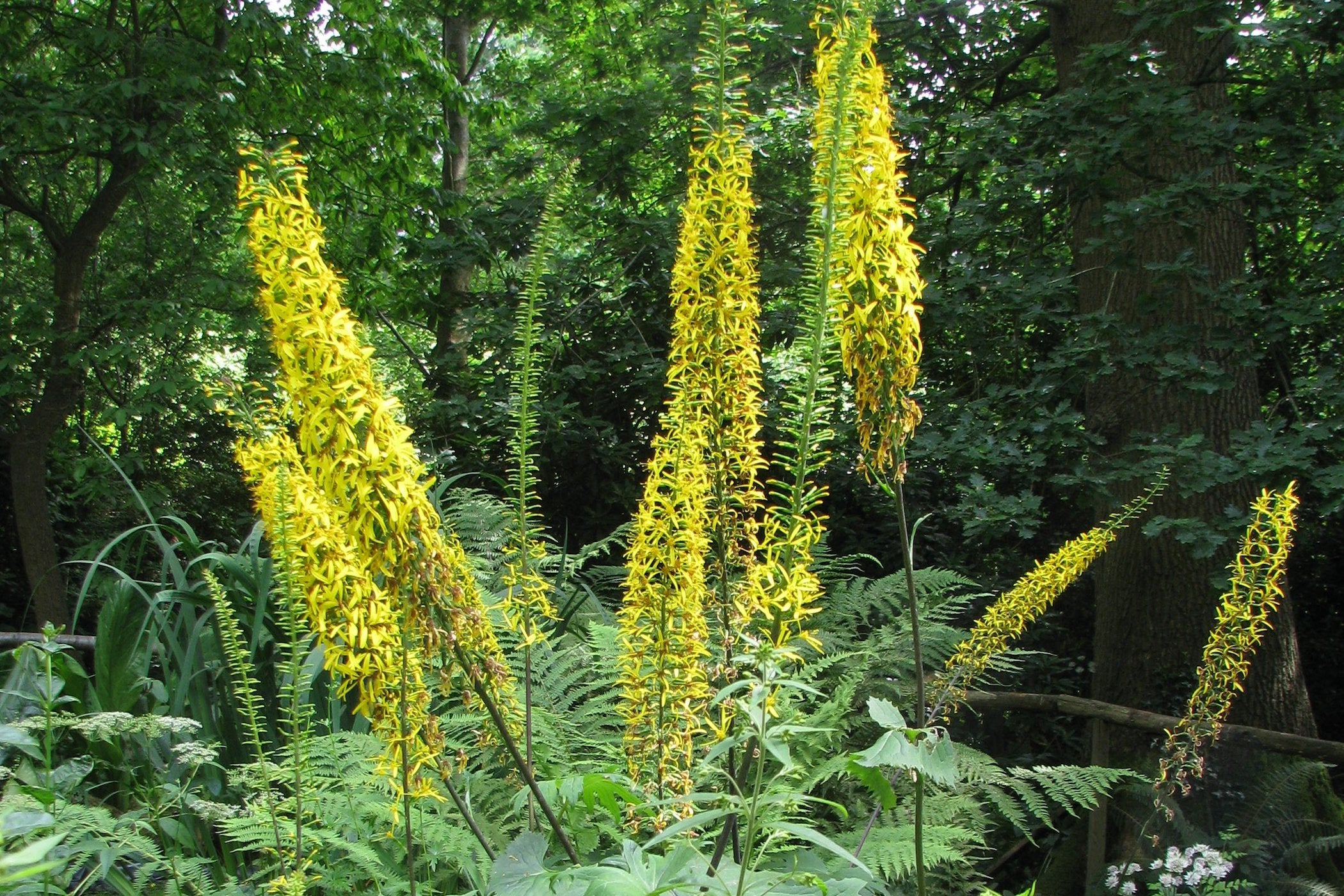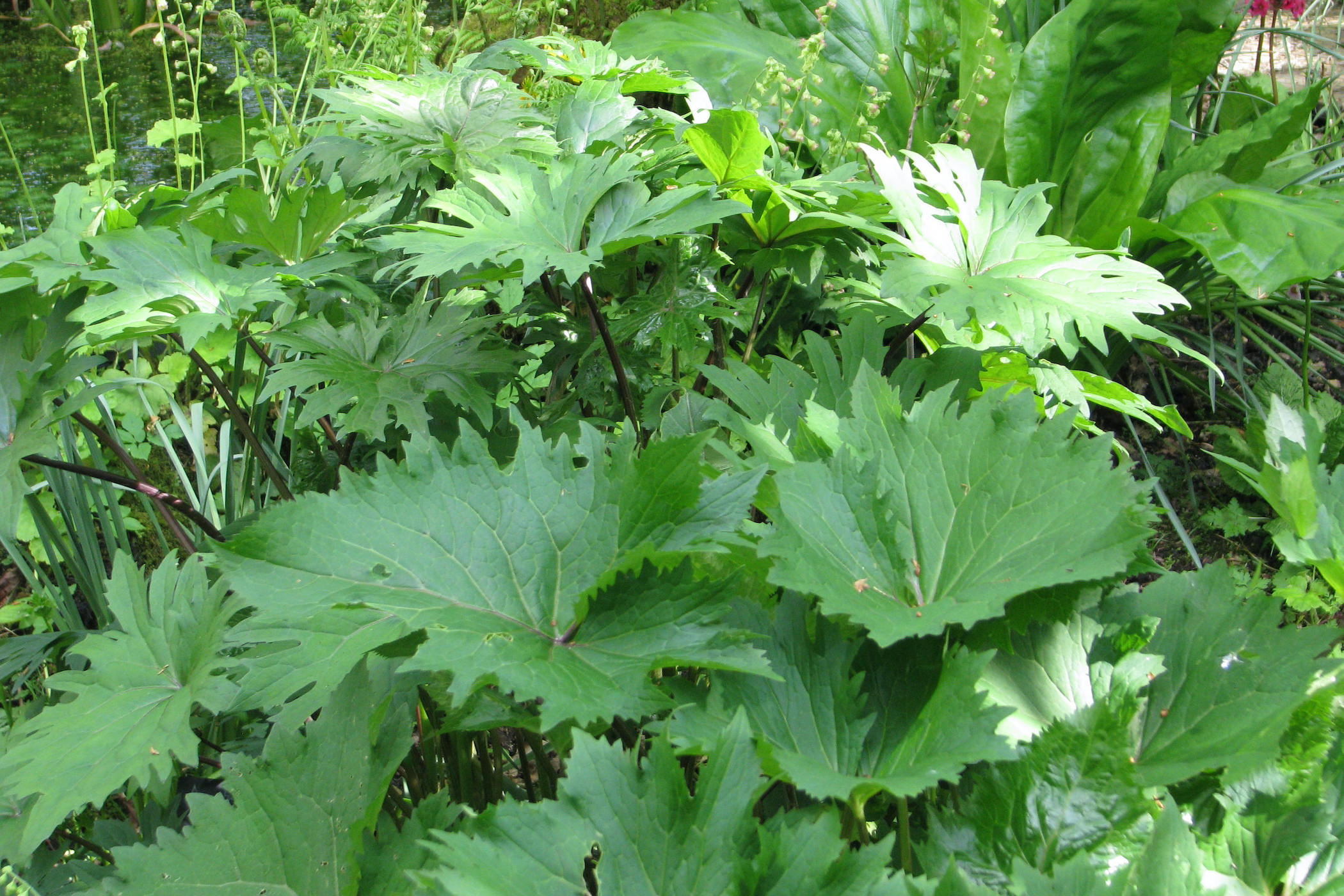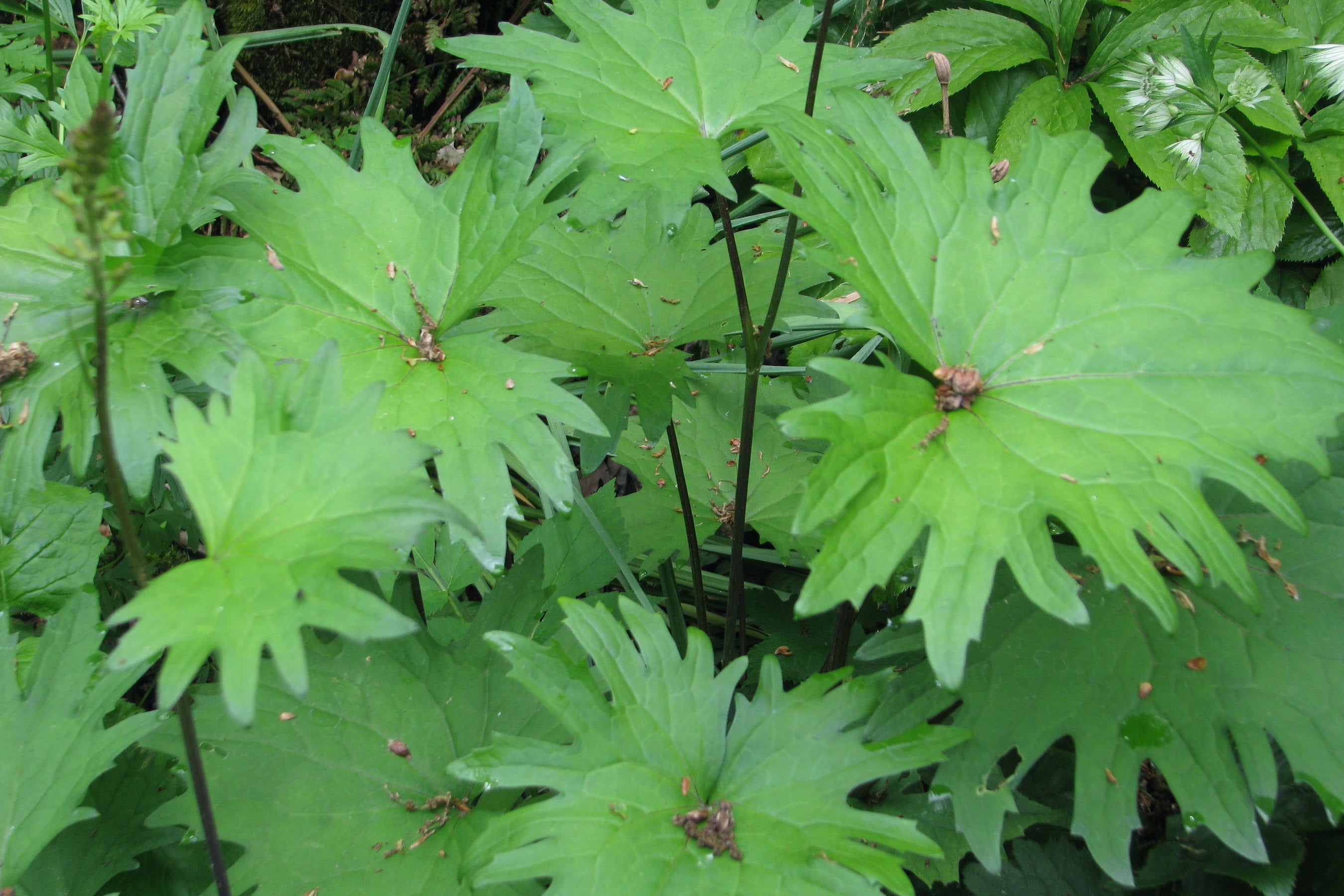Ligularia 'Zepter'
Approx. 0.5 litre pot
About this cultivar:
Ligularia 'Zepter' is a perennial with Spikes of closely packed orange-yellow flowers from dark stems. Zepter is the German for scepter, possibly because it has the Royal Horticultural Society Award of Garden Merit.
- Position: Full sun, partial shade
- Soil: Almost any soil, wet soil, grows well in Ballyrobert
- Flowers: July, August, September
- Other features: Royal Horticultural Society Award of Garden Merit (RHS AGM)
- Hardiness: H6 - Hardy in all of UK and northern Europe (-20 to -15°C), Fully hardy, grows well in Ballyrobert
- Habit: Clump forming
- Foliage: Deciduous
- Height: 120 - 150 cm (4 - 5 ft)
- Spread: 75 - 100 cm (2.5 - 3.5 ft)
- Time to full growth: 2 to 5 years
- Plant type: Herbaceous Perennial
- Colour: Green, yellow
- Goes well with: Hosta, Iris, Ferns
About this genus:
Ligularia (from the Latin for strap, referring to the shape of the ray floret) is an old world group in the daisy family that is used as both foliage and flowering plants in the garden. There is some confusion about Ligularia and Farfugium. These two genera used to be a single genus, Ligularia, but were split into the cold-loving Ligularia (roughly 140 species) and the warm-loving Farfugium (2 species).
The large leaves make great foils for the foliage of lacier plants while imbuing the garden with a bit of the exotic; you don’t have to rely on plants from the equatorial zone to get a dose of drama! They mostly have impressively lush foliage but are not just one-trick ponies, either; their exuberant flowers can be impressive, too. They usually flower in the autumn, producing clusters of butterfly-attracting, yellow composite blooms. Not all Ligularias, though, are created equal. A closer look reveals a variety of distinctive leaf shapes; striking floral variations; and plants that are large, tall, and small—and some that never really live up to any of this potential. It feels like we've tried them all here in our garden.
Ligularia prefers moist soil as found in its native habitat along stream banks and other bodies of water. We grow our Ligularia in partial shade, we also grow some in full sun where the soil is sufficiently moist. You can try in in almost full shade areas I'm told. Ligularia pairs well with Hosta, Iris, and ferns . Depending on the species, Ligularia can be used as a backdrop to smaller plants or as a specimen plant.








